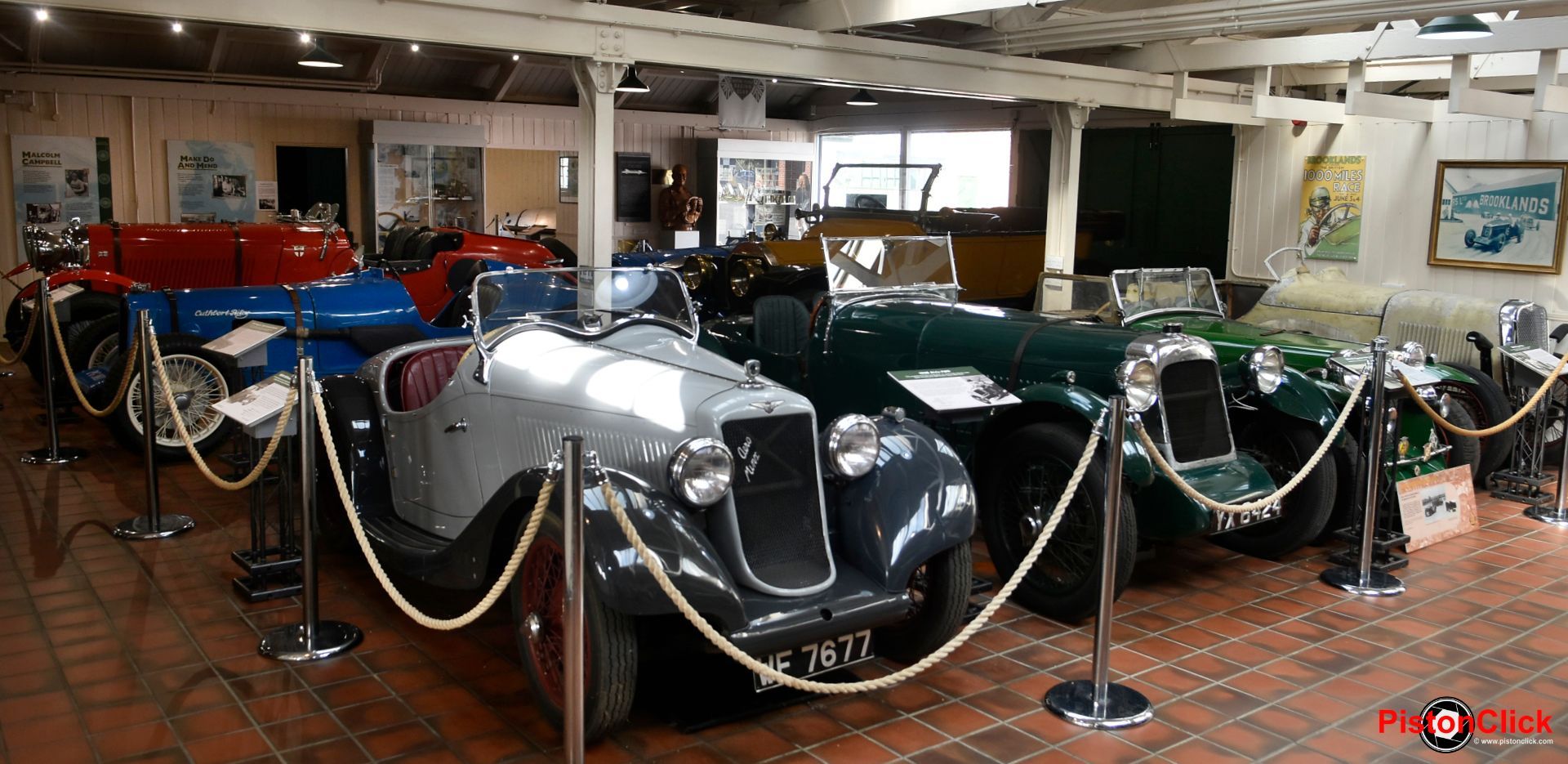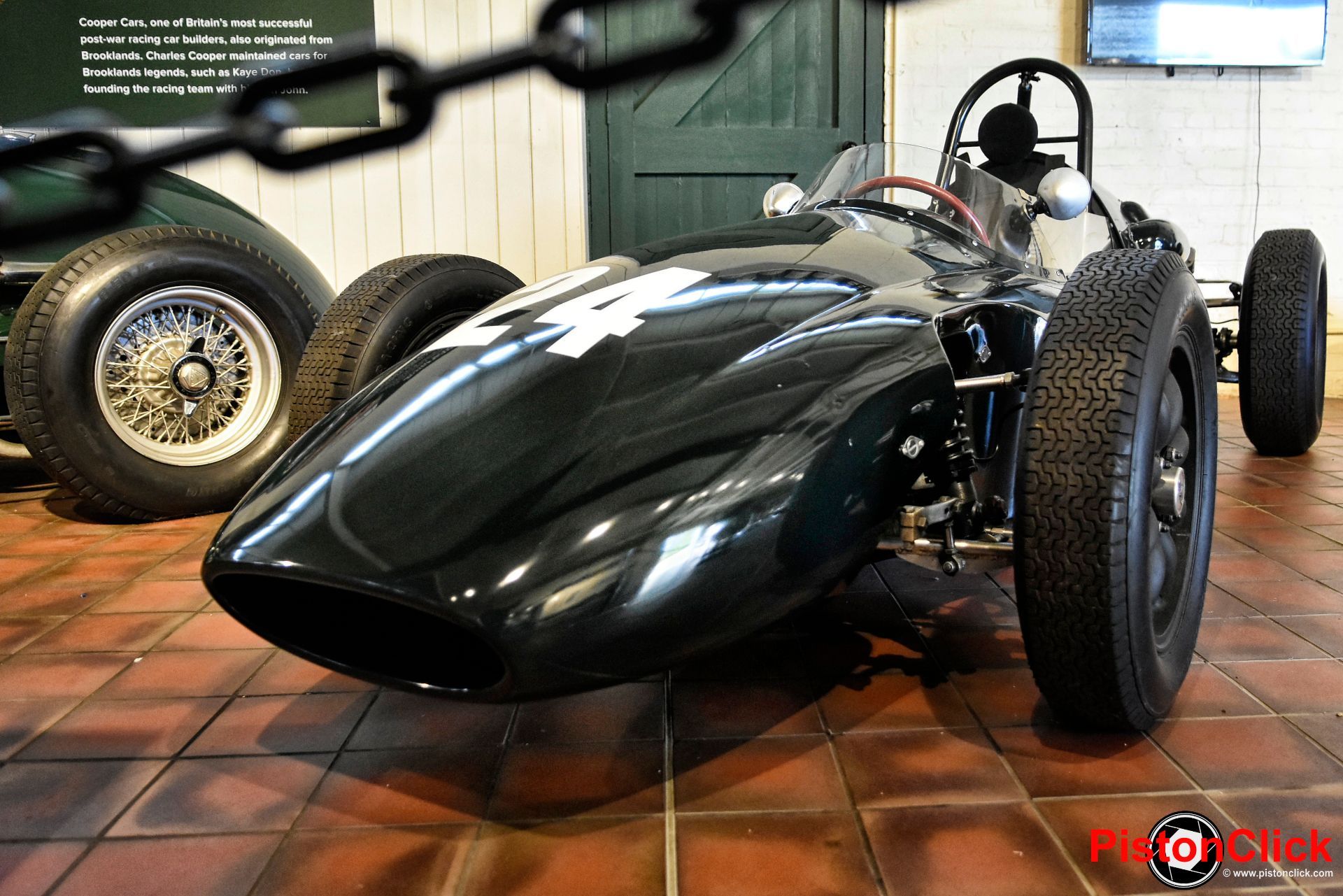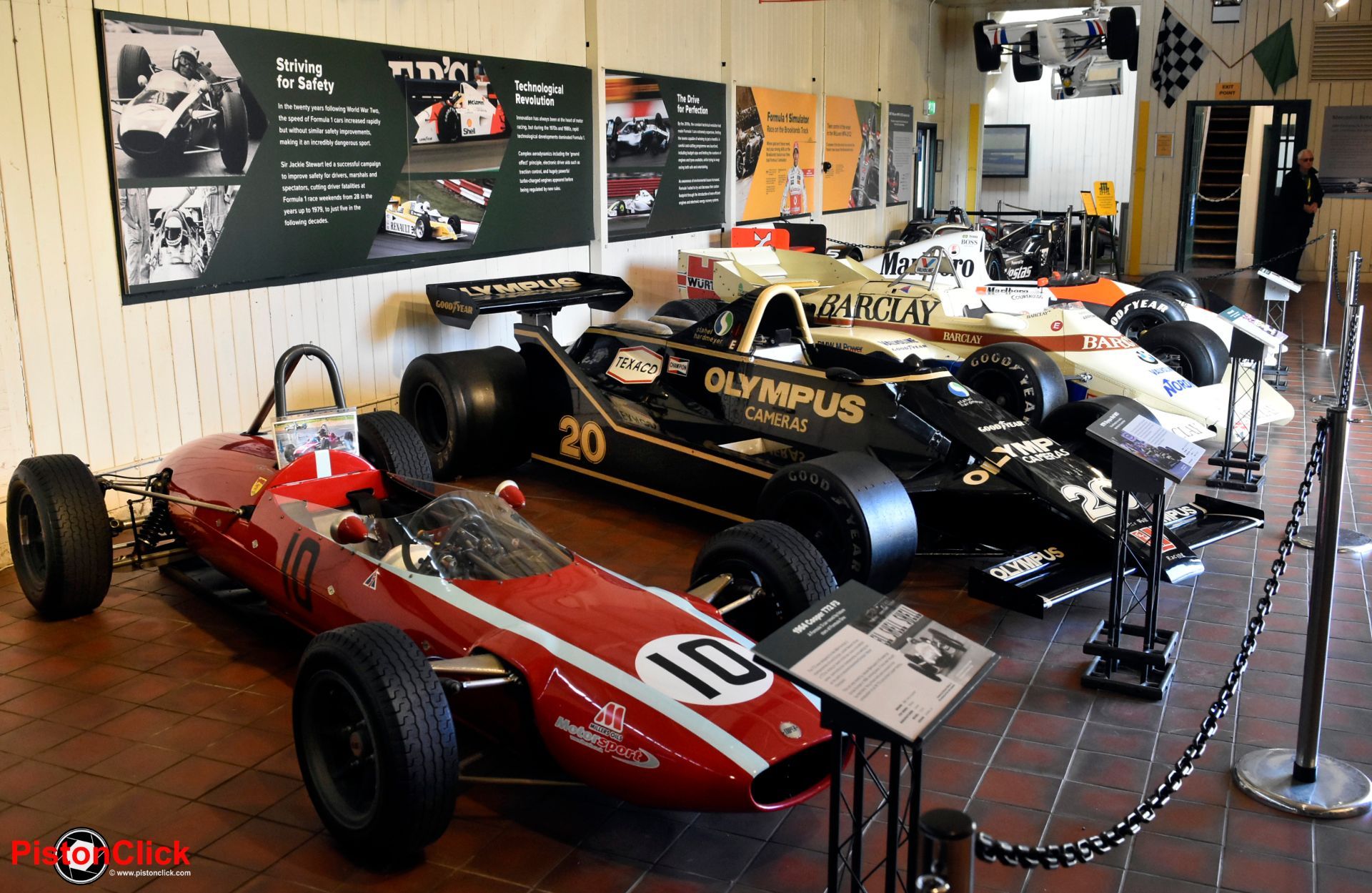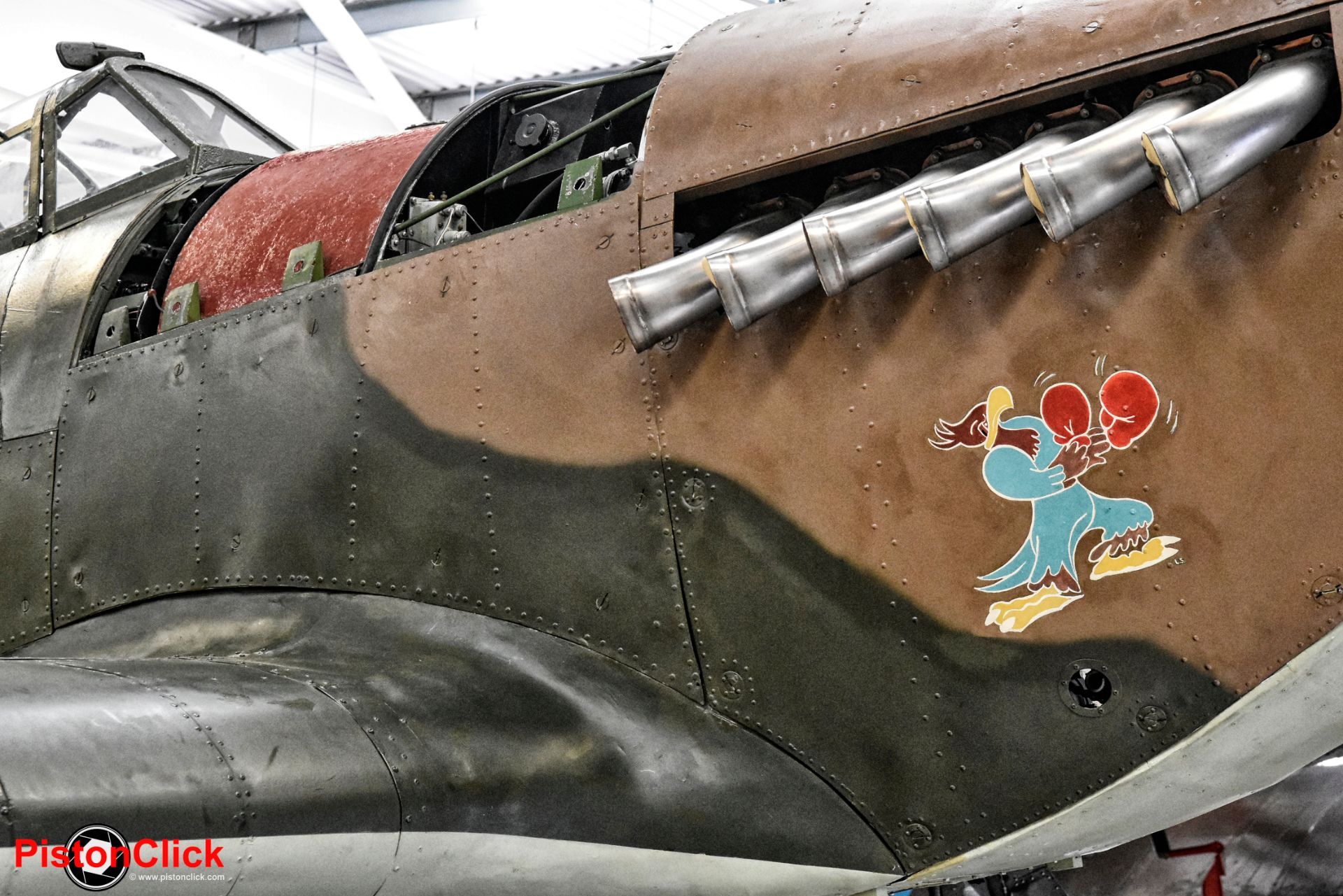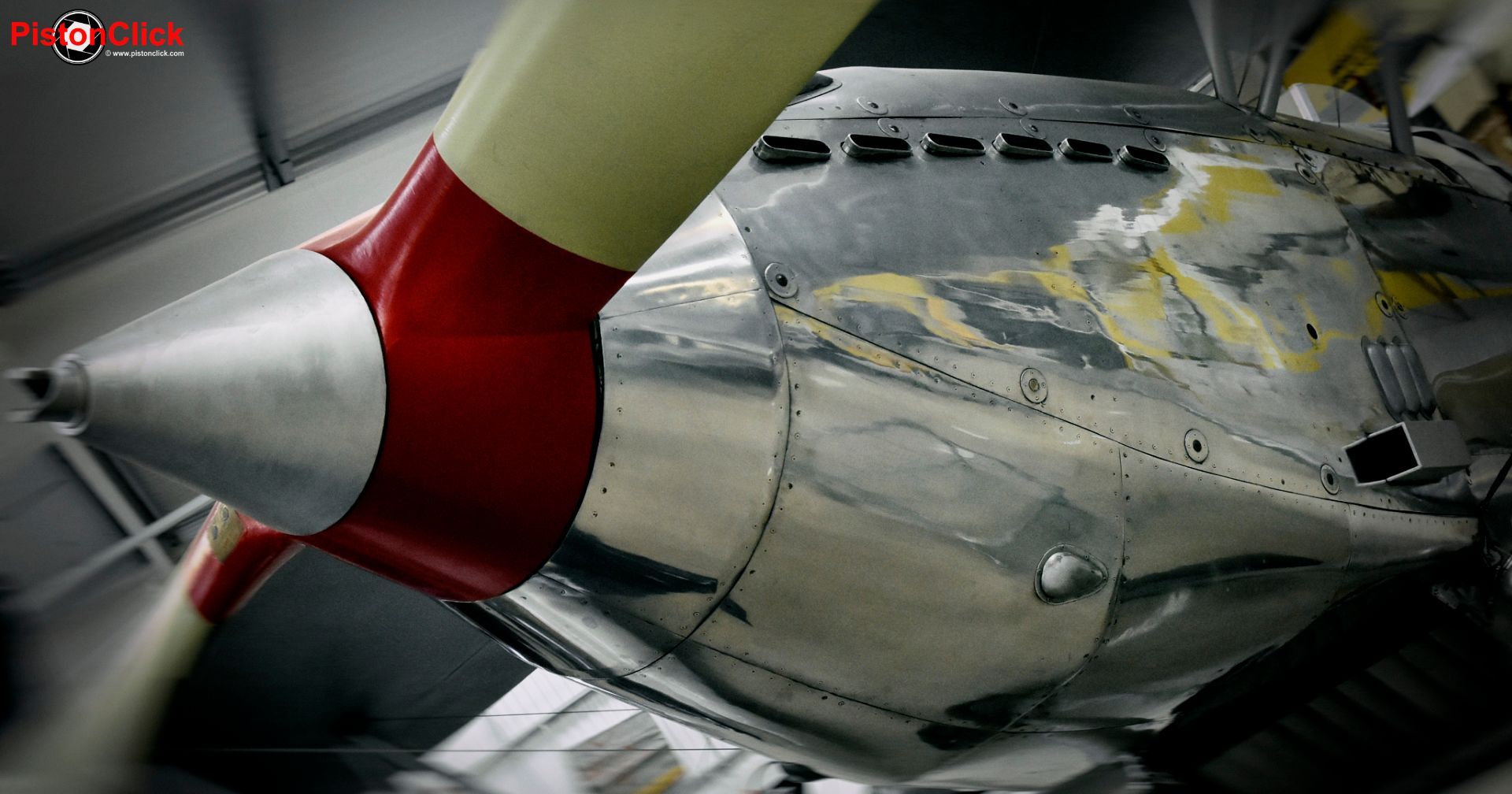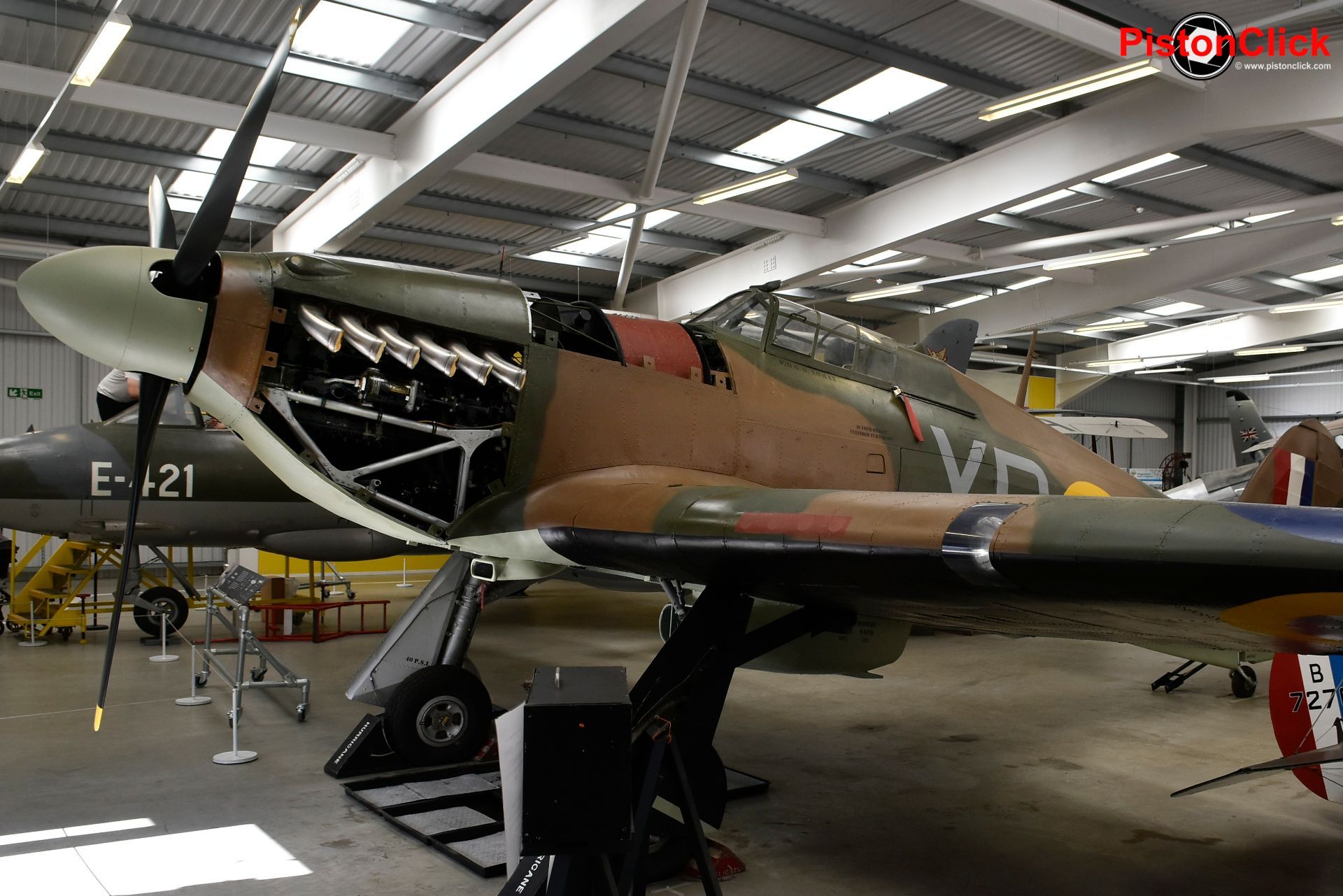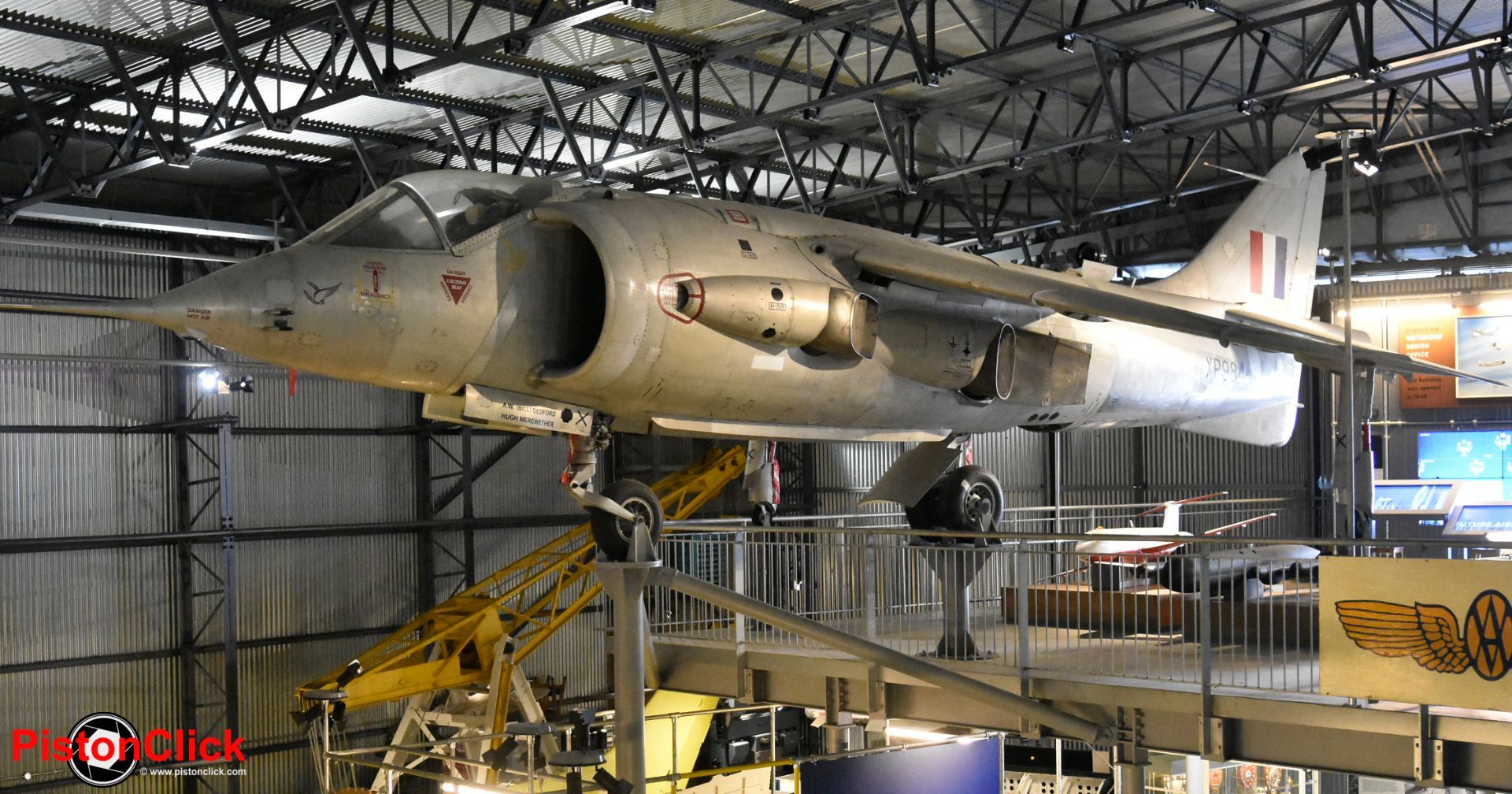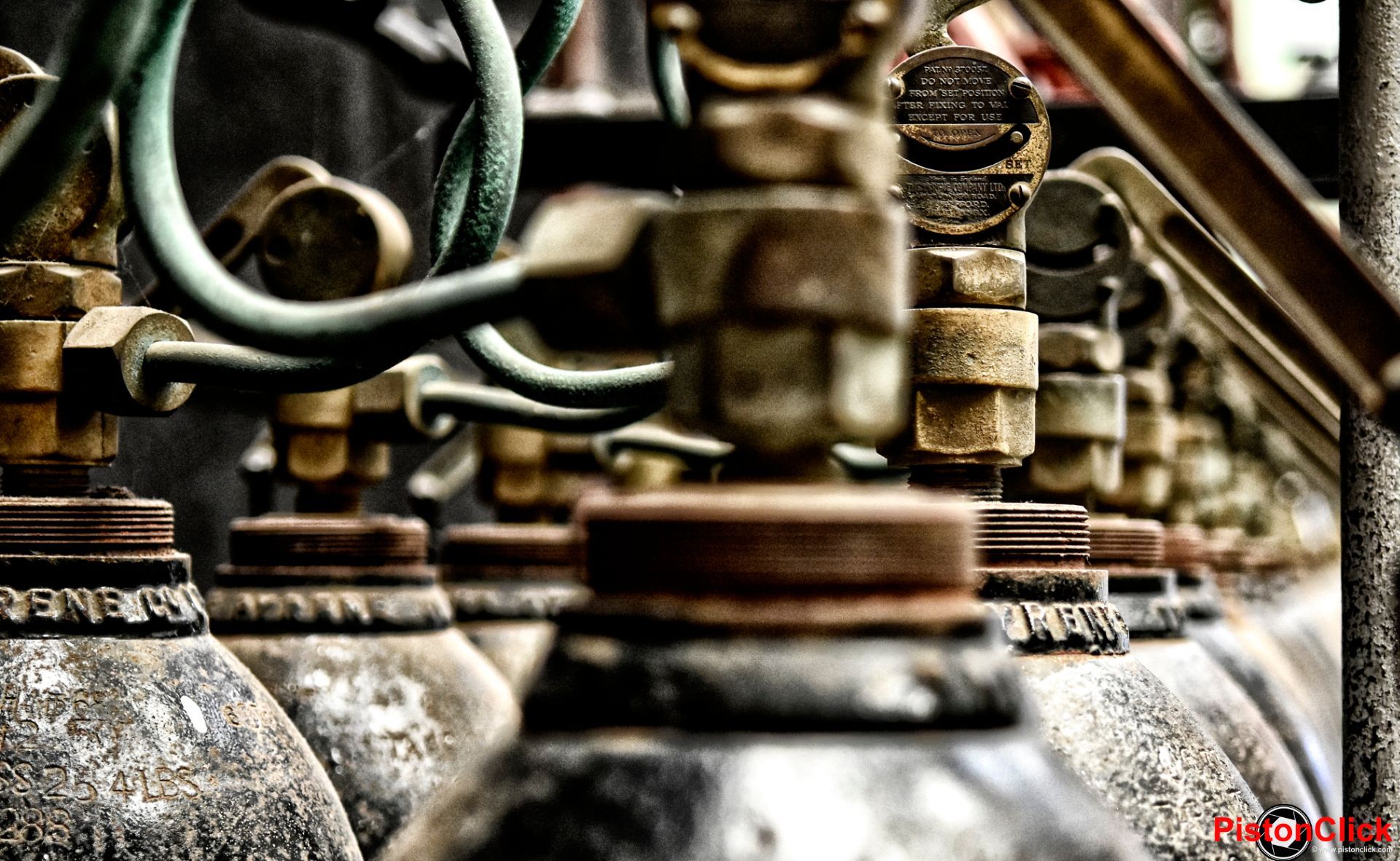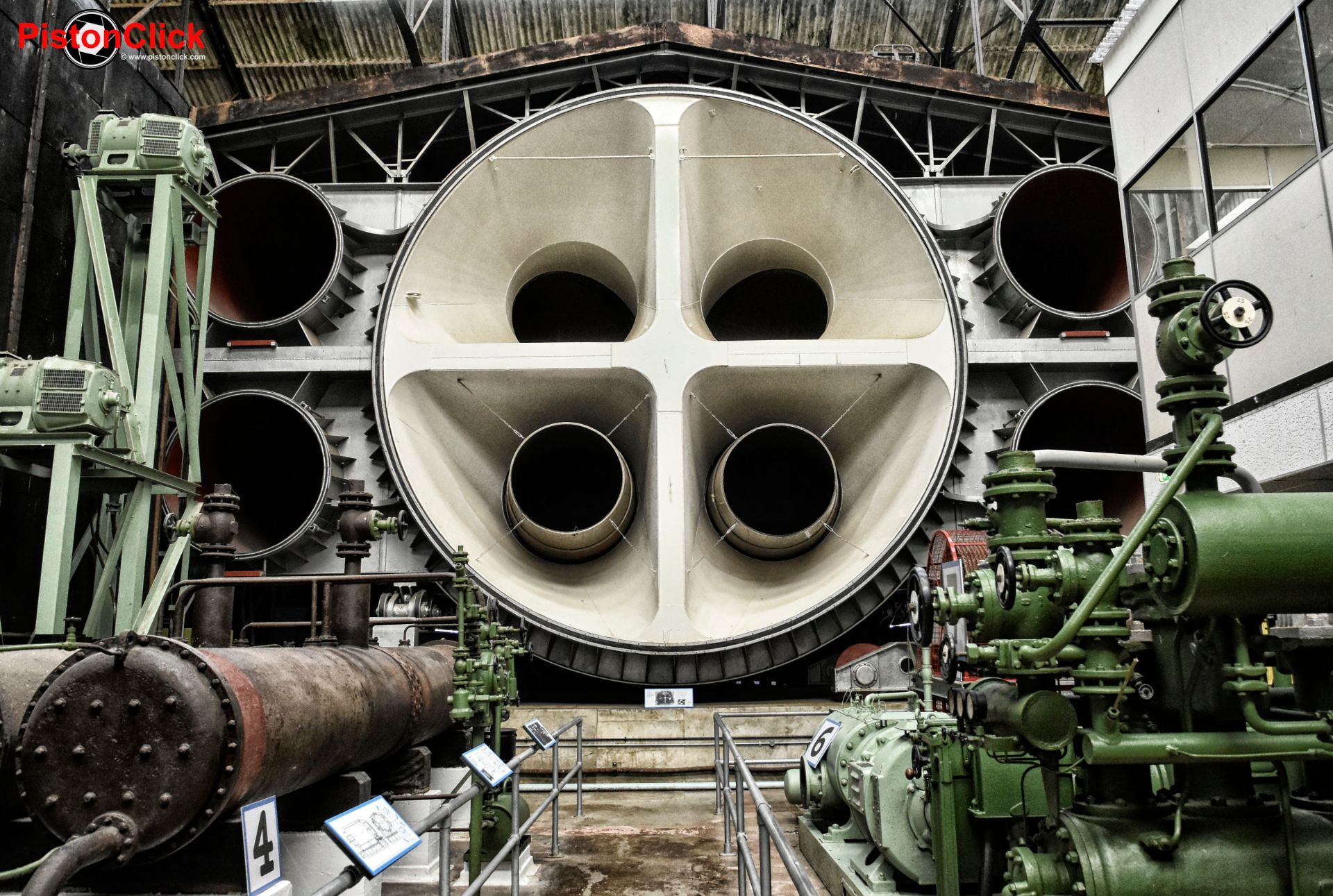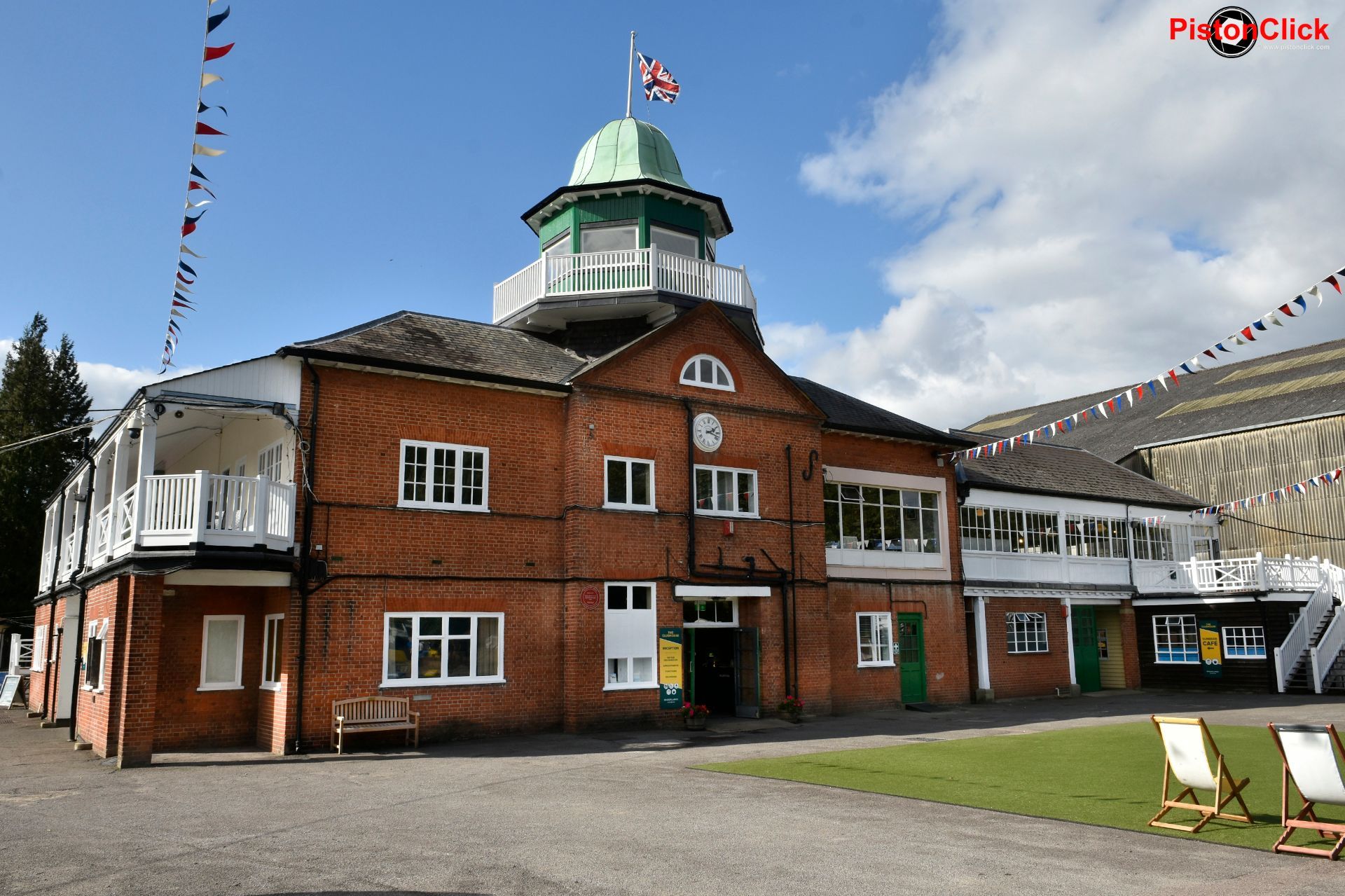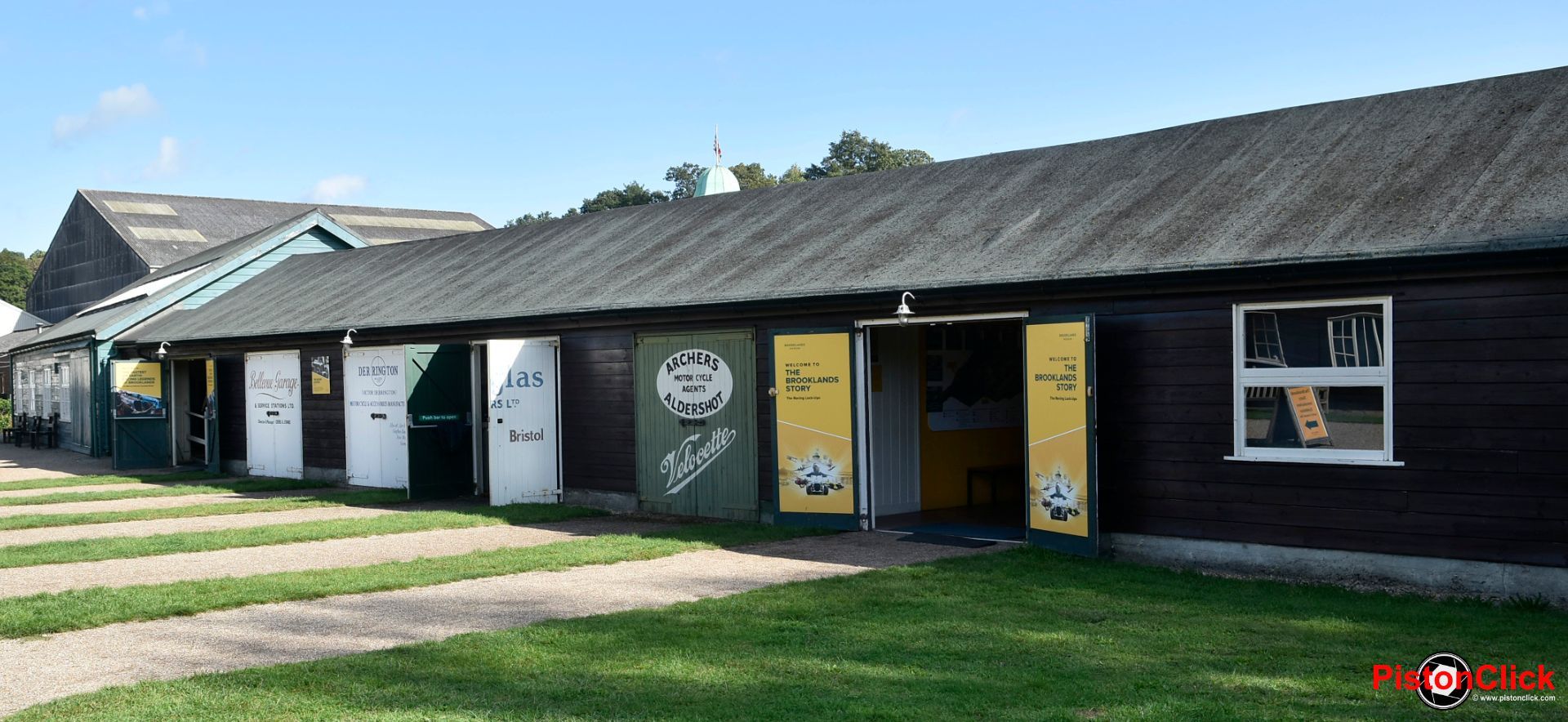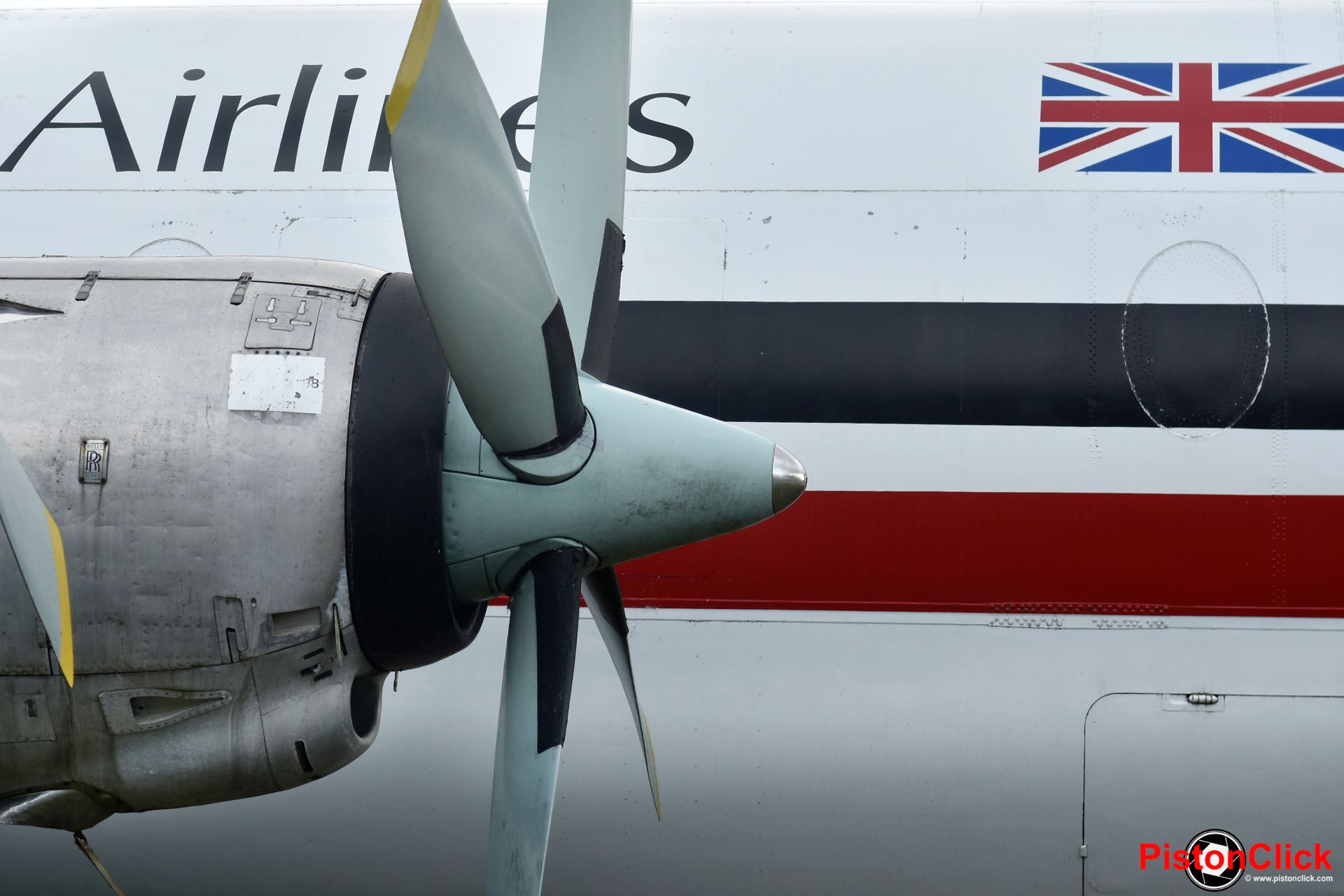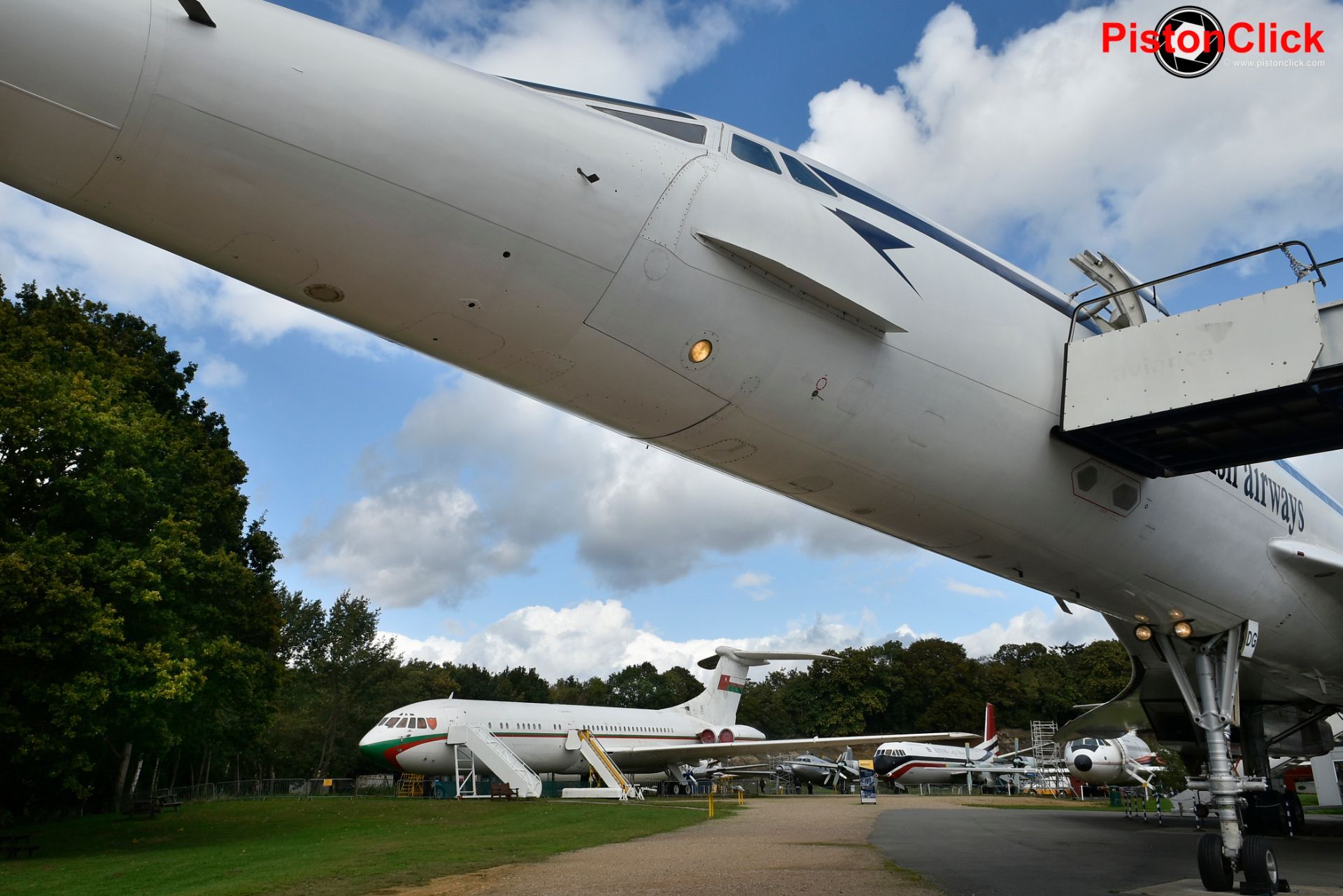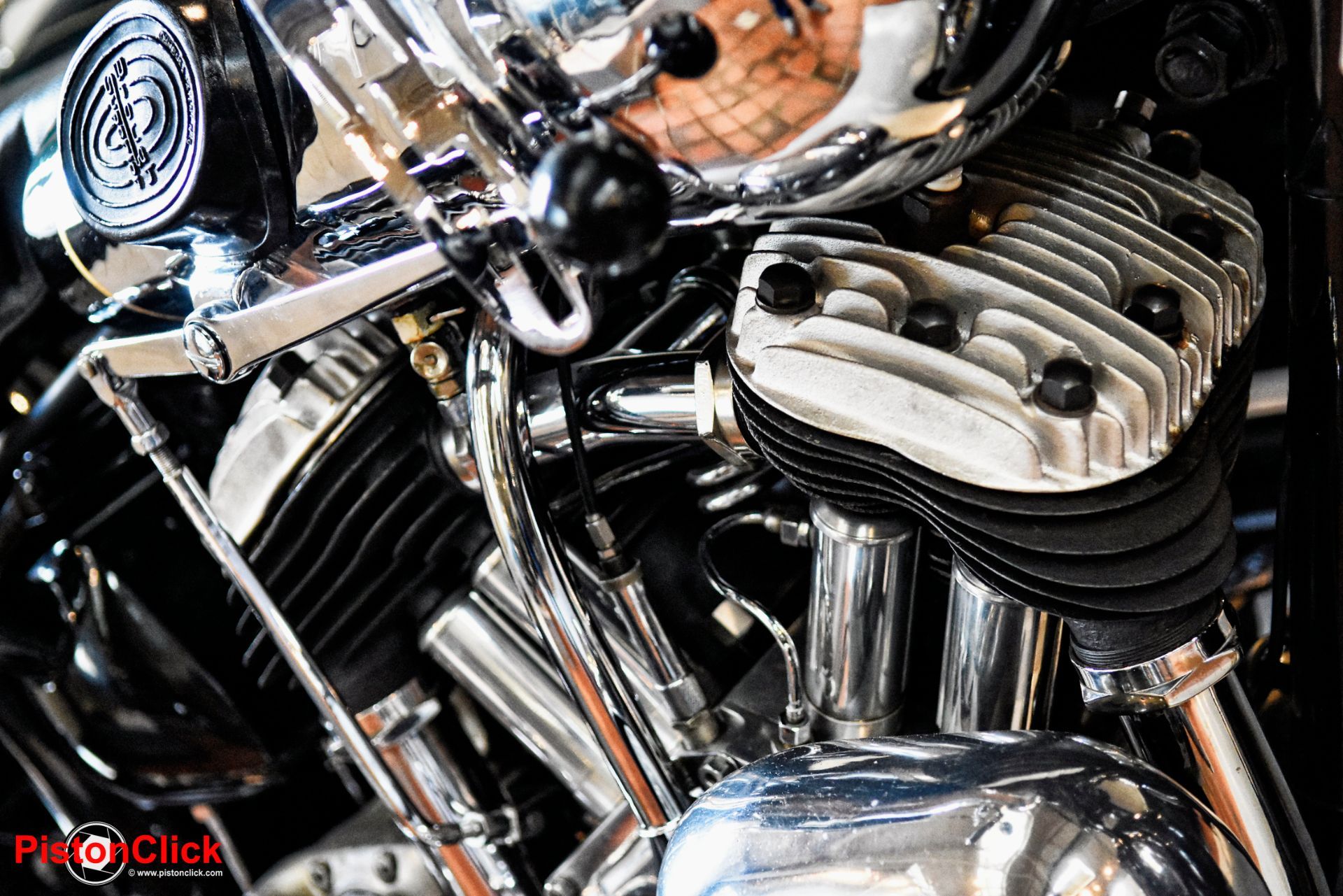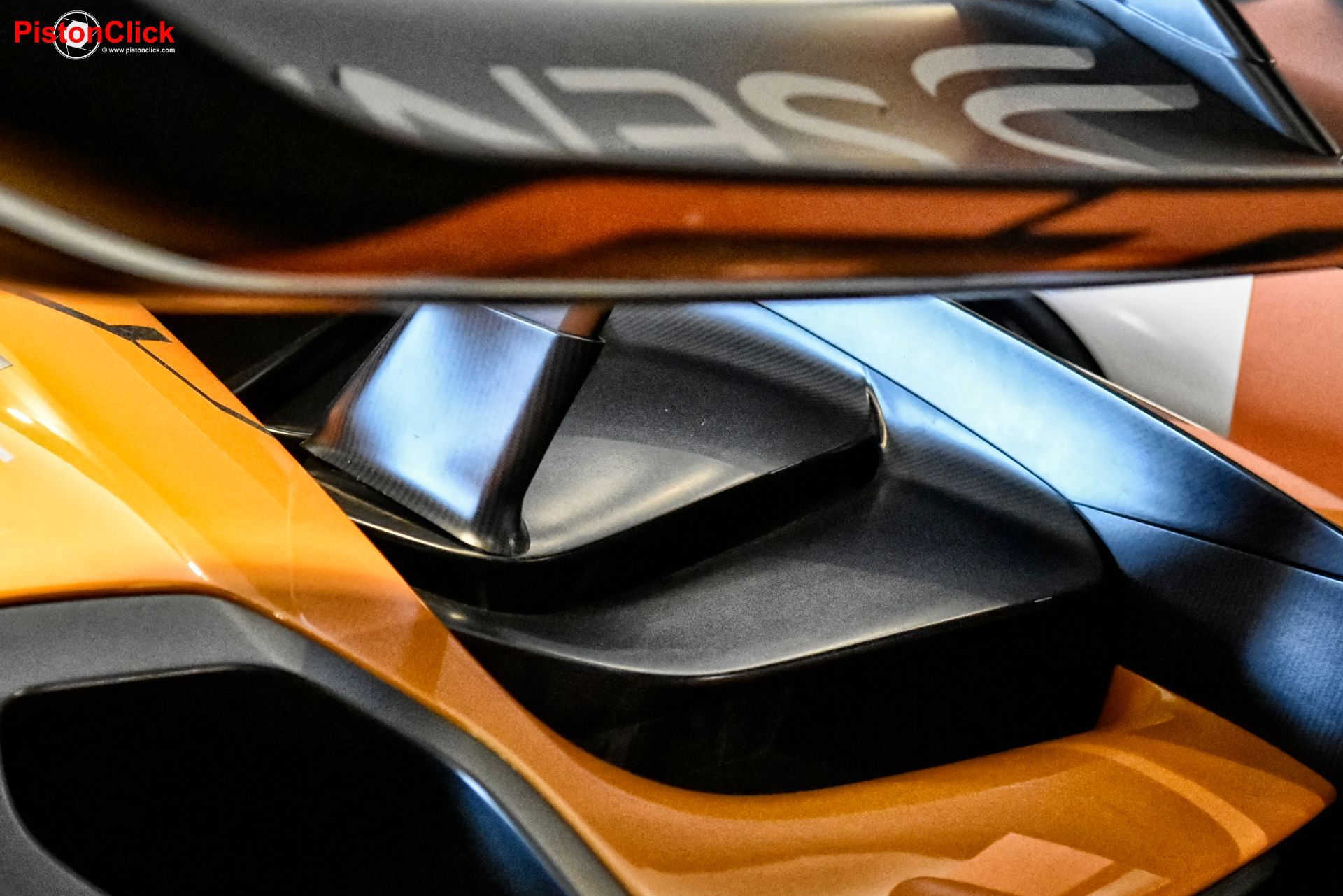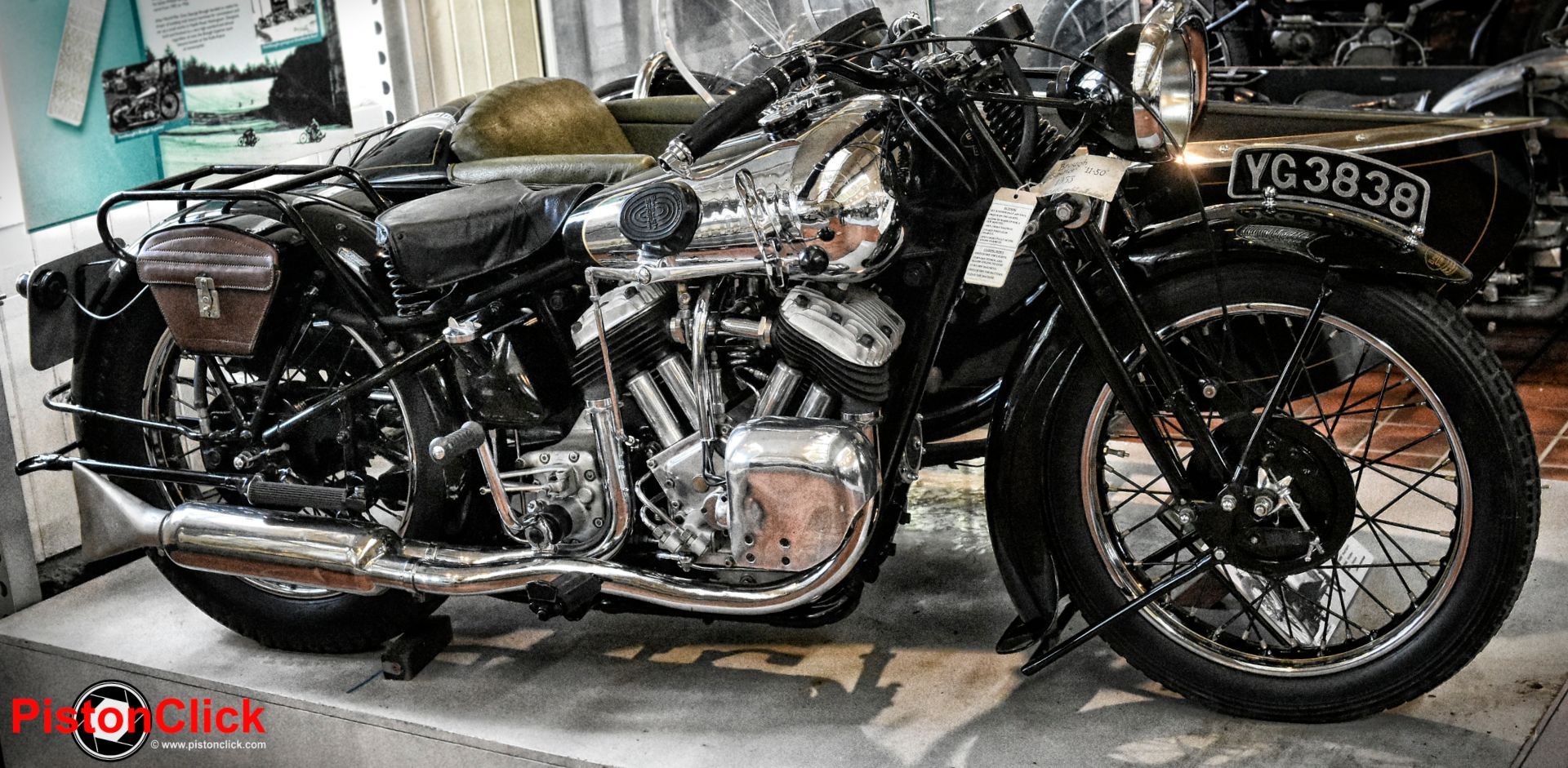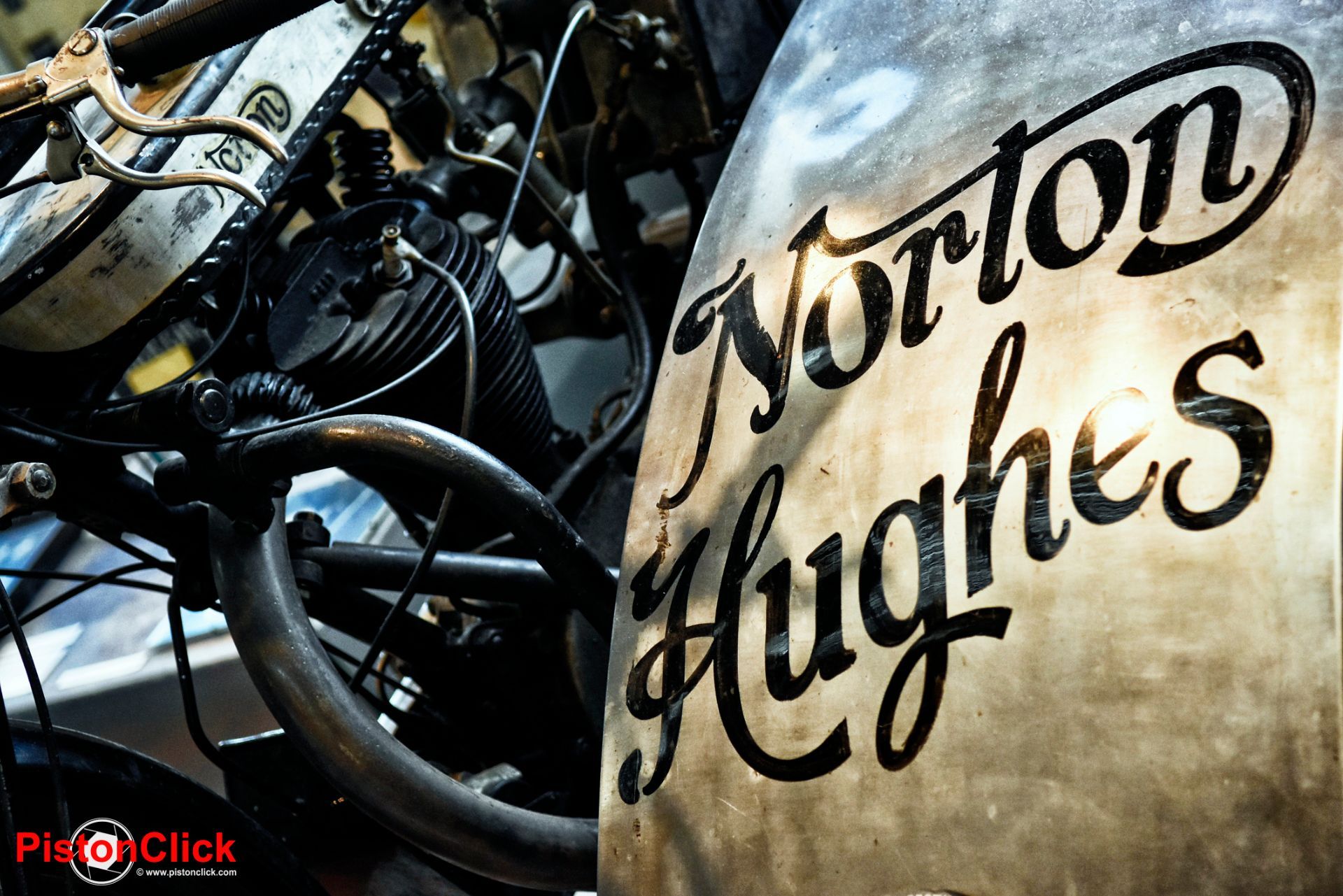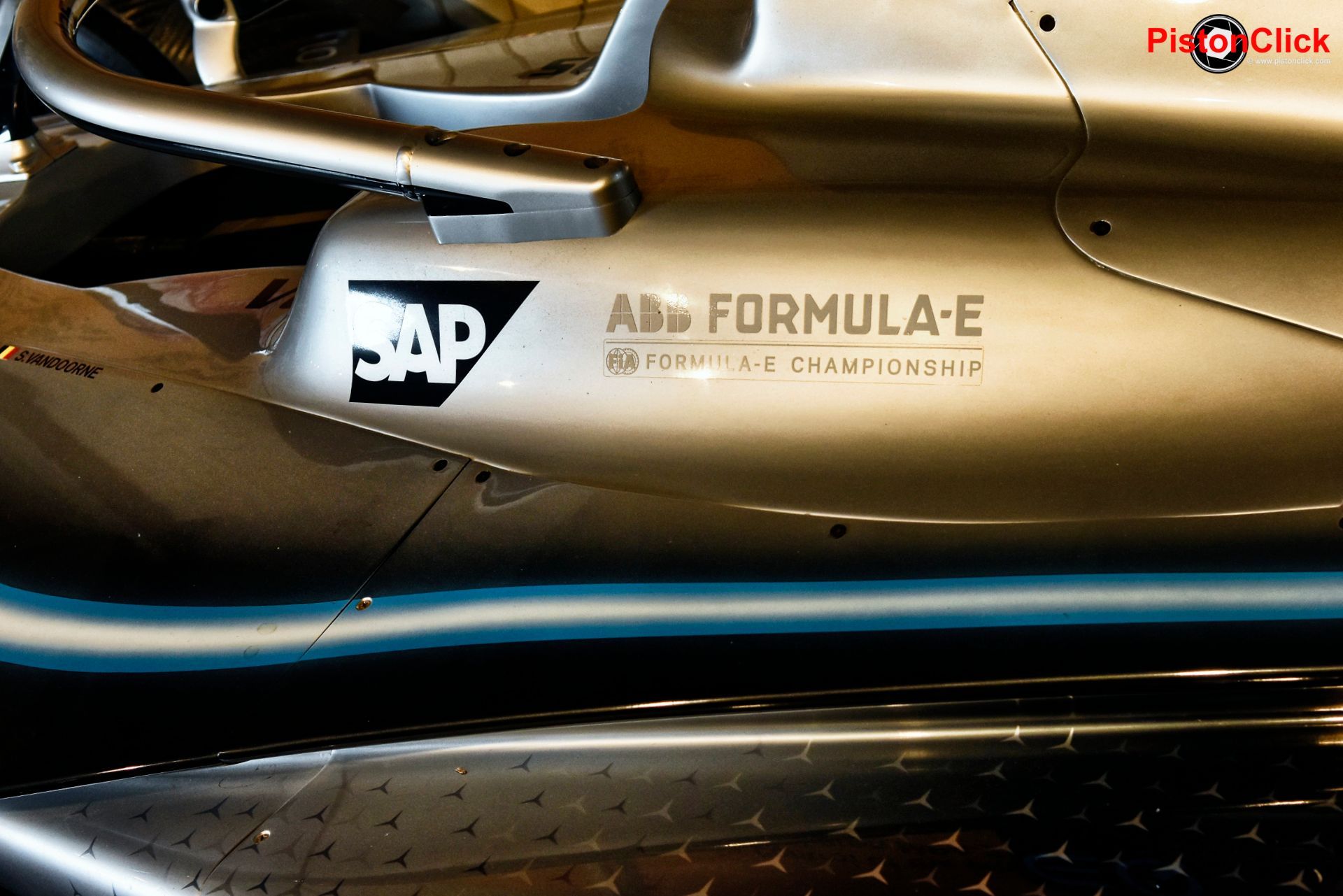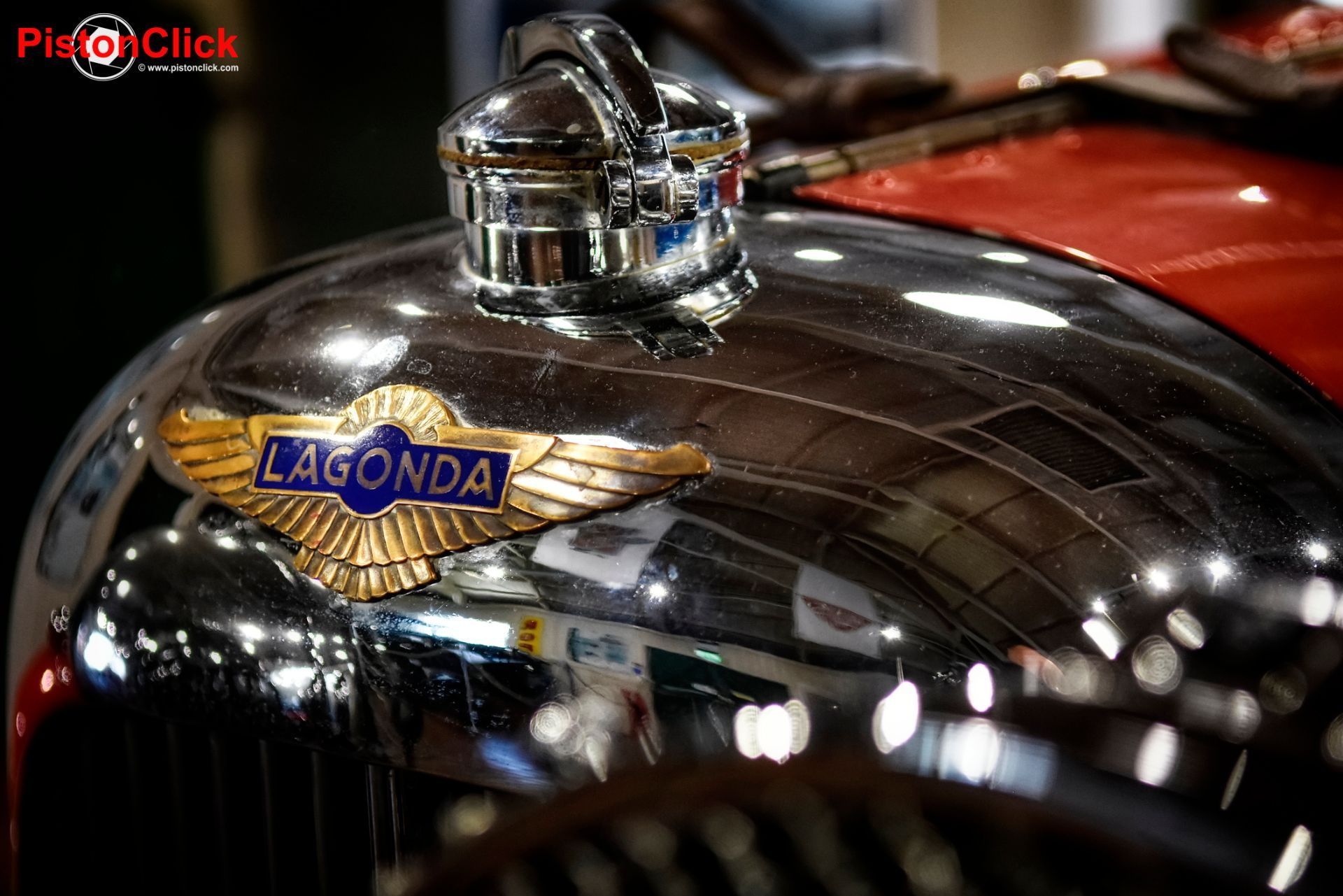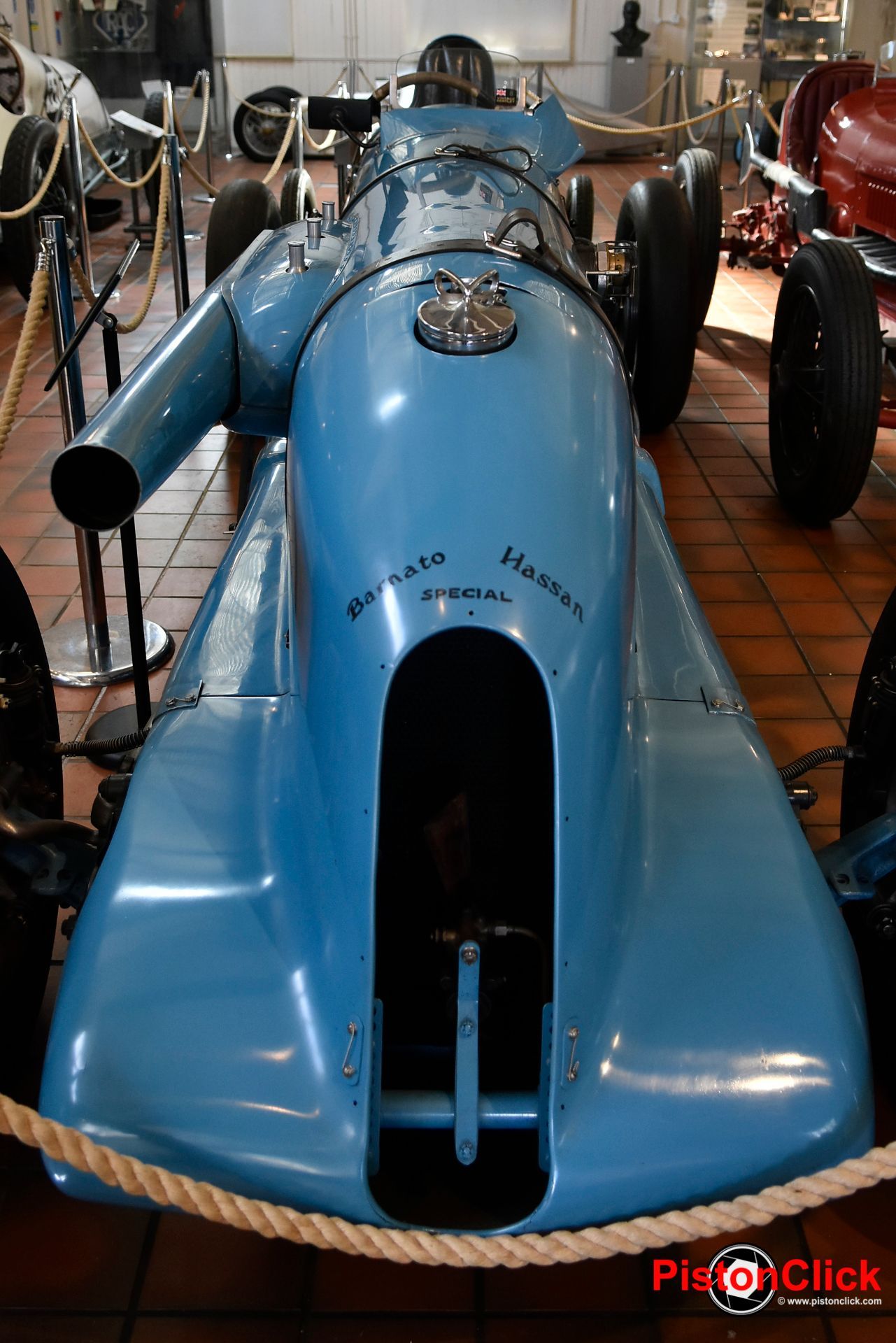
Brooklands Museum, Brooklands Road, Weybridge, Surrey.
SatNav for visitor car park: KT13 0SL - What3words address is //drives.skins.gear
5 January 2024
As a motorsports photographer I’m always looking for an event or location to practice my art, but as I live in the UK these opportunities are somewhat limited in the dark cold winter months. However, all is not lost as there are places where you can go in the winter that are warm, dry and inviting - we are talking about the motorsports museum.
The Brooklands Museum has been on my bucket list for ages but living up North, the over three hour trip by car has put me off in the past. During the summer I was visiting London on business so scheduled a few hours into my trip to tick off this iconic location and see what, if anything, was worth photographing.

Getting to the museum is easy with good links from London and junction 10 of the M25 ring road. There is plenty of free parking only a short walk to the entrance where the staff will relieve you of £22.00 to gain entry.
You can book in advance on the website and save a few pounds, or you can pay a little more on the ticket prices which includes a 10% voluntary donation that enables the museum to reclaim the tax on the whole ticket price under Gift Aid.
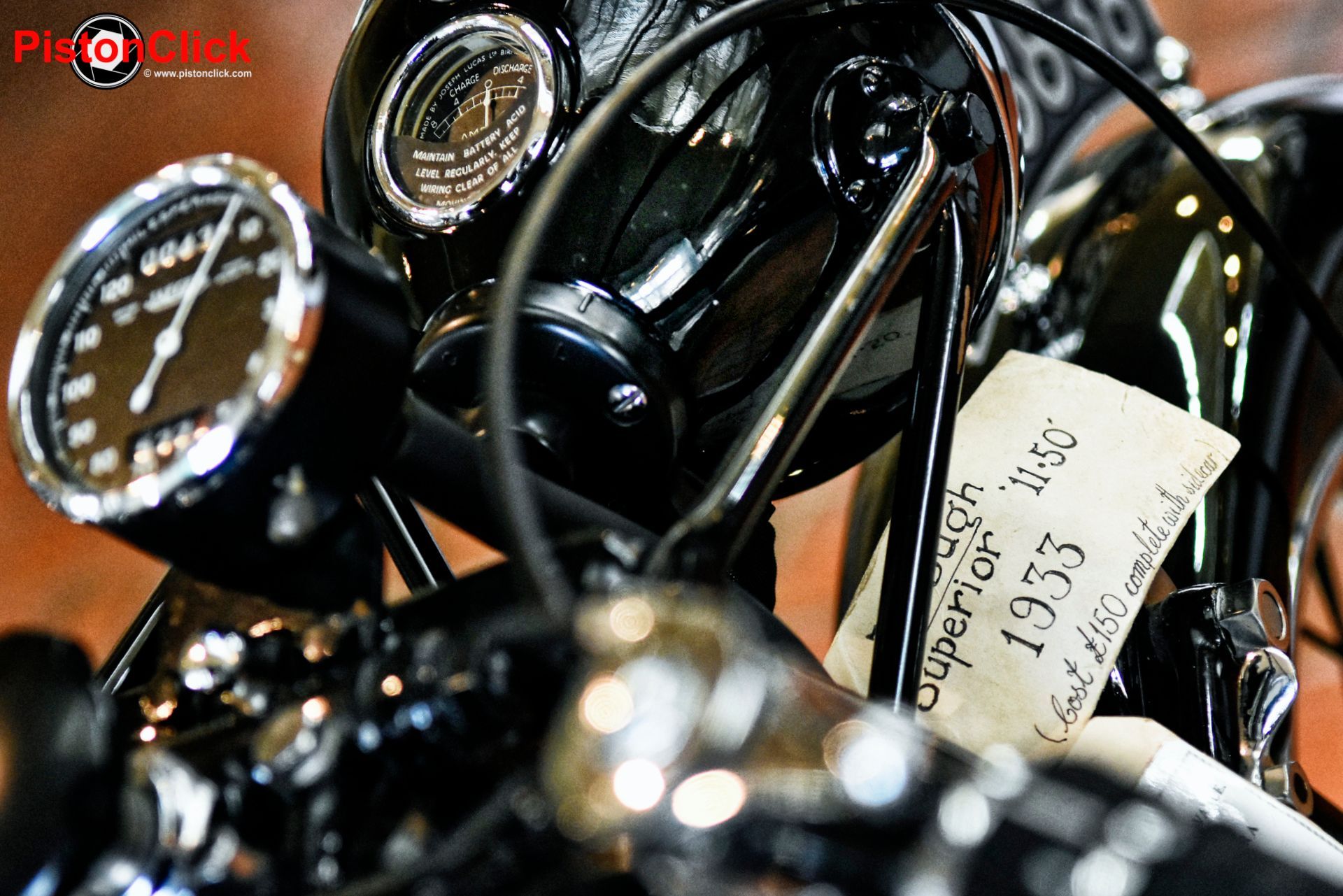
As we take a look at the exhibits let’s explore Brooklands’ history and why it is an icon, not only of British Motorsport, but also of the British Aviation industry.
The ground works for the track at the Weybridge estate owned by Hugh and Ethel Locke started in 1097, making Brooklands the oldest purpose built motorsports venue in the world. As soon as the horse carriage appeared there had been racing, with events being held from the late 1800s.
These were on public and private roads, resulting in a significant amount of accidents, so it was an inspired decision to build a race track where the public could view this new sport.
What a race track it was! Costing the Locke family the equivalent of 16 million pounds in today’s money it had 30 foot high banks, a 100 feet wide and 2 ¾ miles long track allowing the highest speeds to be obtained from the vehicles of the day.
Work was completed on the 17 June 1907 with the first race being on the 6th of July. Interestingly, the press called it the Ascot of motoring and to this day motorsports have adopted equestrian racing traditions.
As there were no motorsport rules at the time, horse racing terms and guidelines were adopted - the paddock, handicaps, clerk of the course, weight allowances and bright livery to identify the racers for the large crowds that turned up are still used in motorsport today!
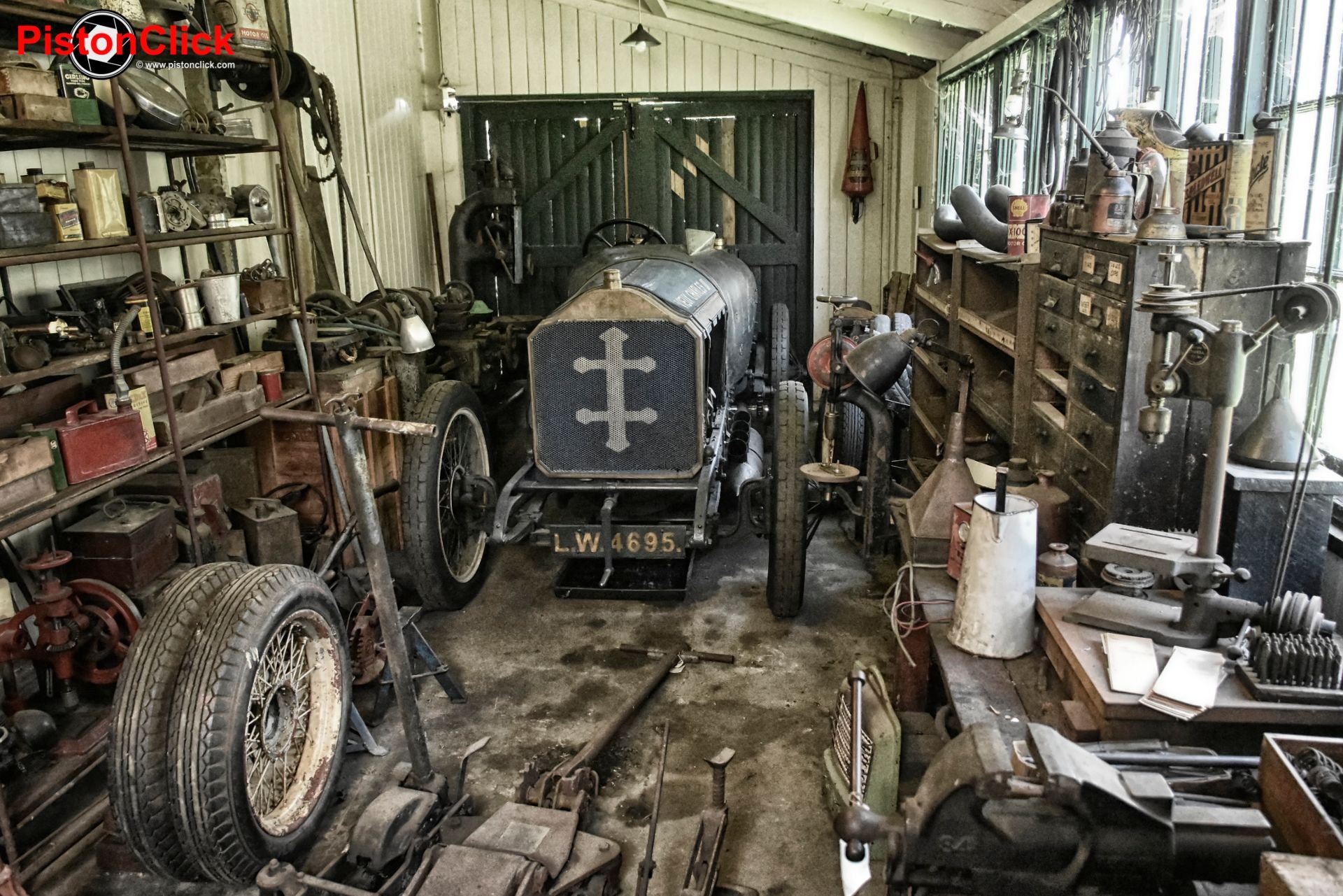
The early 1900’s was a golden age for not only motorsport but also for aviation. In 1909 one of the first aerodromes in the UK was built in the centre of the track.
This had a significant influence on Brooklands, with the innovators of the time migrating to the track to work on and develop aircraft and motorcars in parallel, and with some of the most famous names in British aviation locating to Brooklands - Sopworth, Avro and Vickers to name a few.
A lot of motorsports photographers also have an interest in aviation as the camera gear required for each discipline is somewhat similar. So for the duel hatted photographer you are in for a treat at Brooklands.
Huge numbers of iconic aircraft were designed and built at Brooklands during the two World Wars. These aircraft are displayed in large hangers with great access and good light enabling you to get up close, and in some instances, get inside some of the airframes.
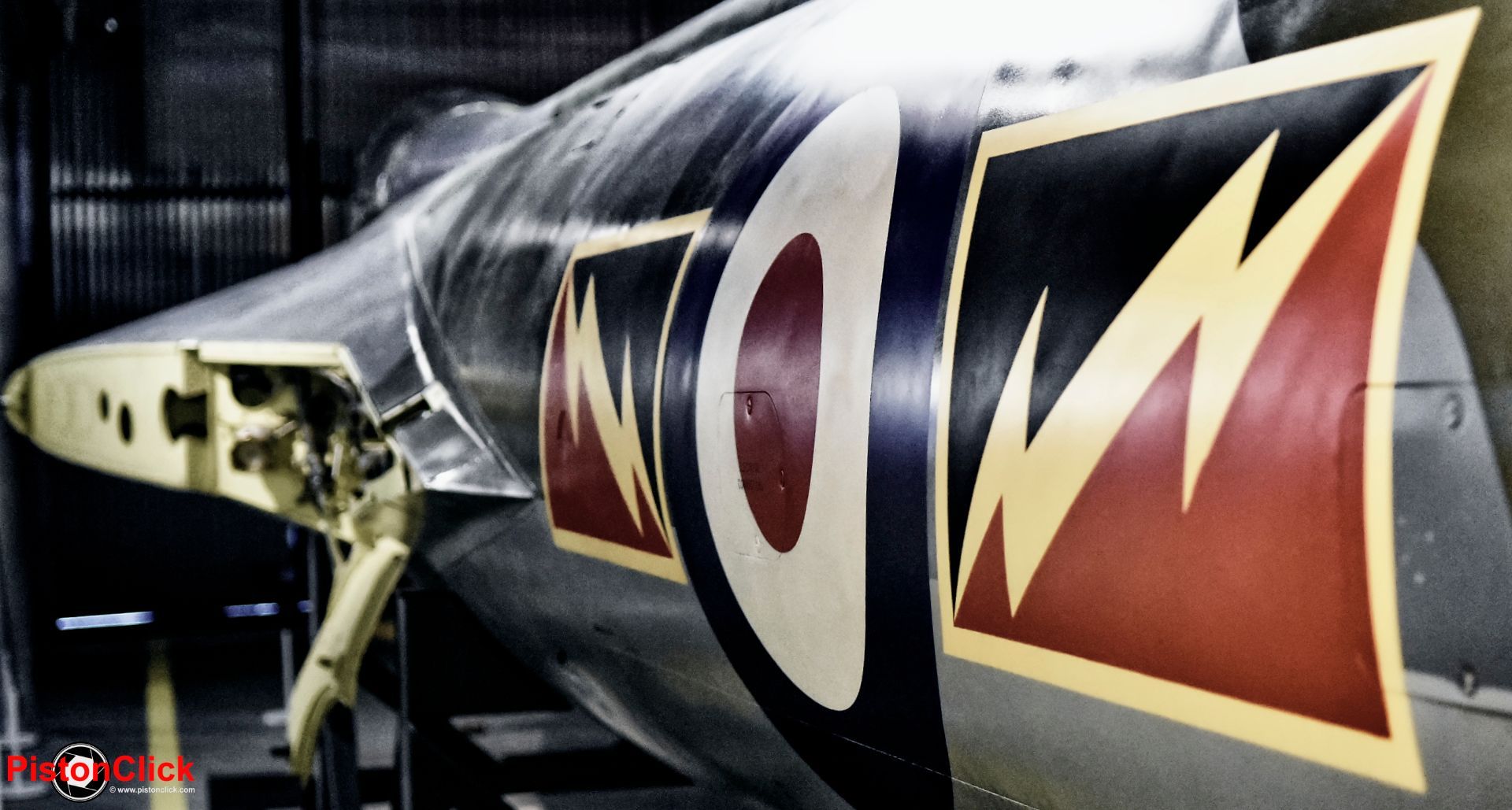
One of the main aircraft attractions is a Wellington bomber. Number N2980 which saw active service and was one of the 2,515 Wellingtons built at Brooklands during WW2. Ditching in Lock Ness during a training flight, it remained undiscovered until a team of Americans found it while looking for the Loch Ness Monster!
It was recovered mostly intact in 1985, and a huge restoration effort followed for it to be put on public display at the museum.
There are quite a few hangars located on the site, one of which contains the Barnes Wallis-designed “Stratosphere Chamber” which was built in 1946 to investigate high-speed flight, pressures at very high altitudes and cold low air pressures.
This is a massive structure with loads of interesting details for the photographer with an interest in mechanical engineering.
Throughout the site are smaller hangers and garages that house the race cars and motorcycles. Starting at the entrance I didn’t have a plan for my visit I just walked into the different buildings as I found them, being mostly pleasantly surprised at the quality of the exhibitions.
If you follow on a counter clockwise direction you will not miss much and eventually come across the remnants of the track, which is in poor condition with limited access to the public.
At the far end of the site there is an aircraft park with Concord being the main attraction, you can’t miss it! You can take a tour inside of this iconic aircraft, but I would recommend pre-booking a ticket as it is a popular attraction.
Also, as Brooklands is located near London, the site attracts a lot of school children so there can be large groups on educational visits during the week. So be aware that you might have to wait until they depart to get that clean shot of the subject you are photographing.
So is it worth visiting Brooklands? I would say so, there were fewer cars and motorcycles than I was expecting, but more aircraft, so overall it has plenty of subjects to keep the photographer occupied for a fair few hours.
The exhibits are interesting and the layout allows you to get close for those detailed shots, with enough space to take in the whole subject.
Photographic Post Script
To record my trip to Brooklands I took my heavily used Nikon D7200 with AF-S DX Zoom-Nikkor 17-55mm ƒ2.8G IF-ED which coped well with the lighting conditions.
I wanted some of the pictures to have an old antique look, so editing in Affinity Photo was supplemented with DXO Nix Collection 6 Color Efex. I reduced the saturation and increased the grain to give the images a “period” if somewhat stylised look, to finish up with a pleasing set of images from the Brooklands motor museum to add to my photographic portfolio.
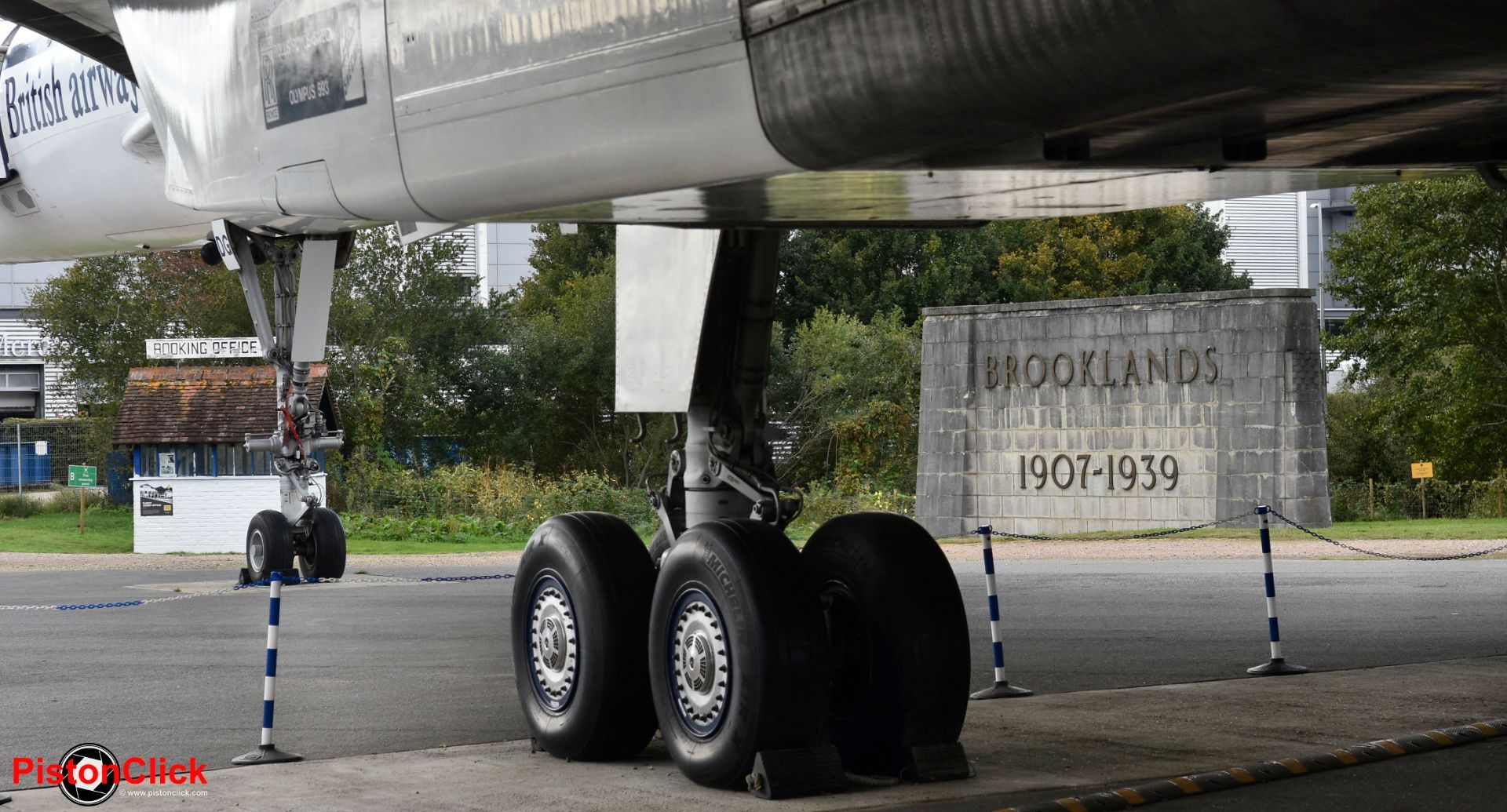
You can share this report with your friends on Social Media using these links.
Do you like taking photographs and writing a few words? Get in contact, we need you!

